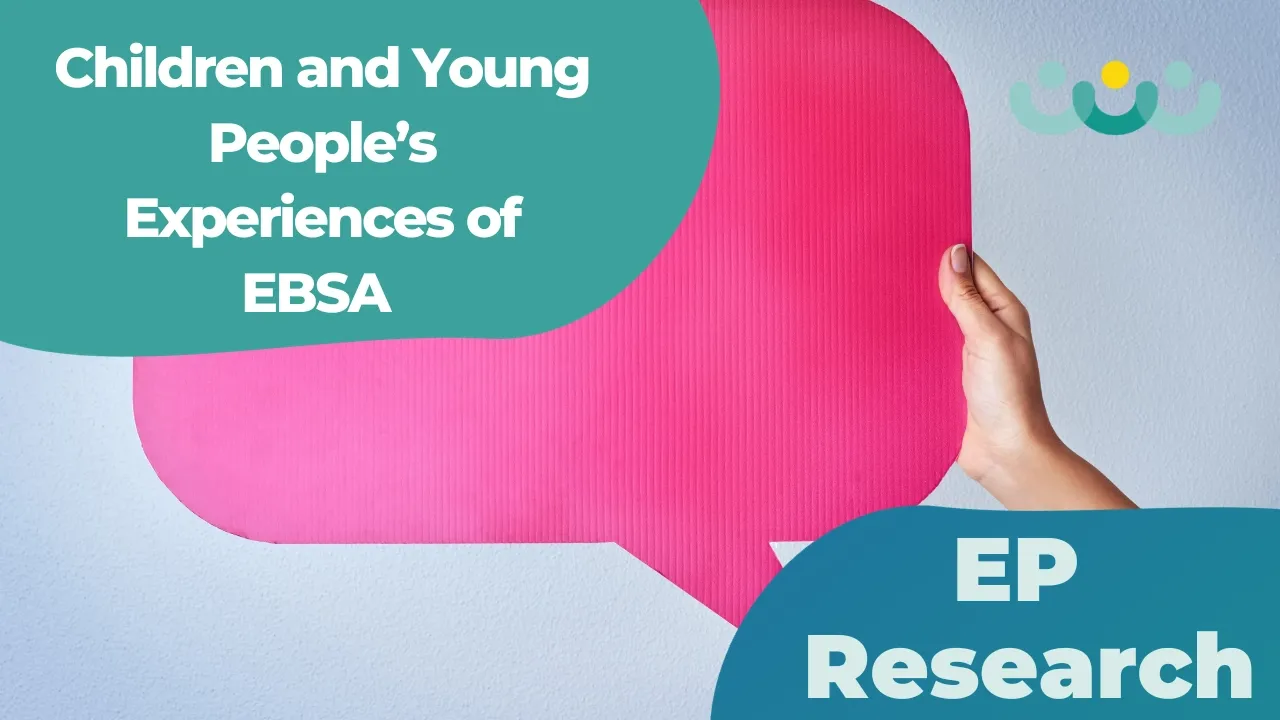This is the second blog in our series exploring barriers to education. In the first blog, Shannon Hatton-Corcoran and Rachel Lyons introduced the WARMTH framework - six foundations to reduce barriers to education, recognising that declining attendance is a symptom of unmet need requiring compassiona...
For many children and young people, attending school can feel overwhelming. What might seem like simple daily routines - getting dressed, travelling to school, entering a busy classroom - can require significant emotional and sensory energy. Without understanding these experiences from the child's p...
As teachers, TAs and SENCOs, we're all too familiar with the challenges of supporting pupils who struggle to attend school. Whether it's a Year 3 who can't seem to make it through the school gates or a Year 11 whose attendance has suddenly plummeted, these situations are complex and often heart-wren...
We understand that children and young people may occasionally miss school for various reasons. Sometimes this is related to their physical health, their mental well-being, or a range of other school / family related factors.
The Checklist for Attendance Tracking and Support (CATS) is from Dr Jerric...
In the continually busy school environment, amidst the laughter and chatter of children, there lies a silent struggle that often goes unnoticed - Emotionally Based School Avoidance (EBSA). As an attendance lead, your role is pivotal in identifying, understanding, and addressing this complex issue th...
by Dr Shannon Corcoran – Educational Psychologist
Effective intervention and support for school attendance difficulties requires an understanding of the perceived ‘push and pull’ factors contributing to attendance from the perspective of the child/young person who is experiencing the difficulties a...








